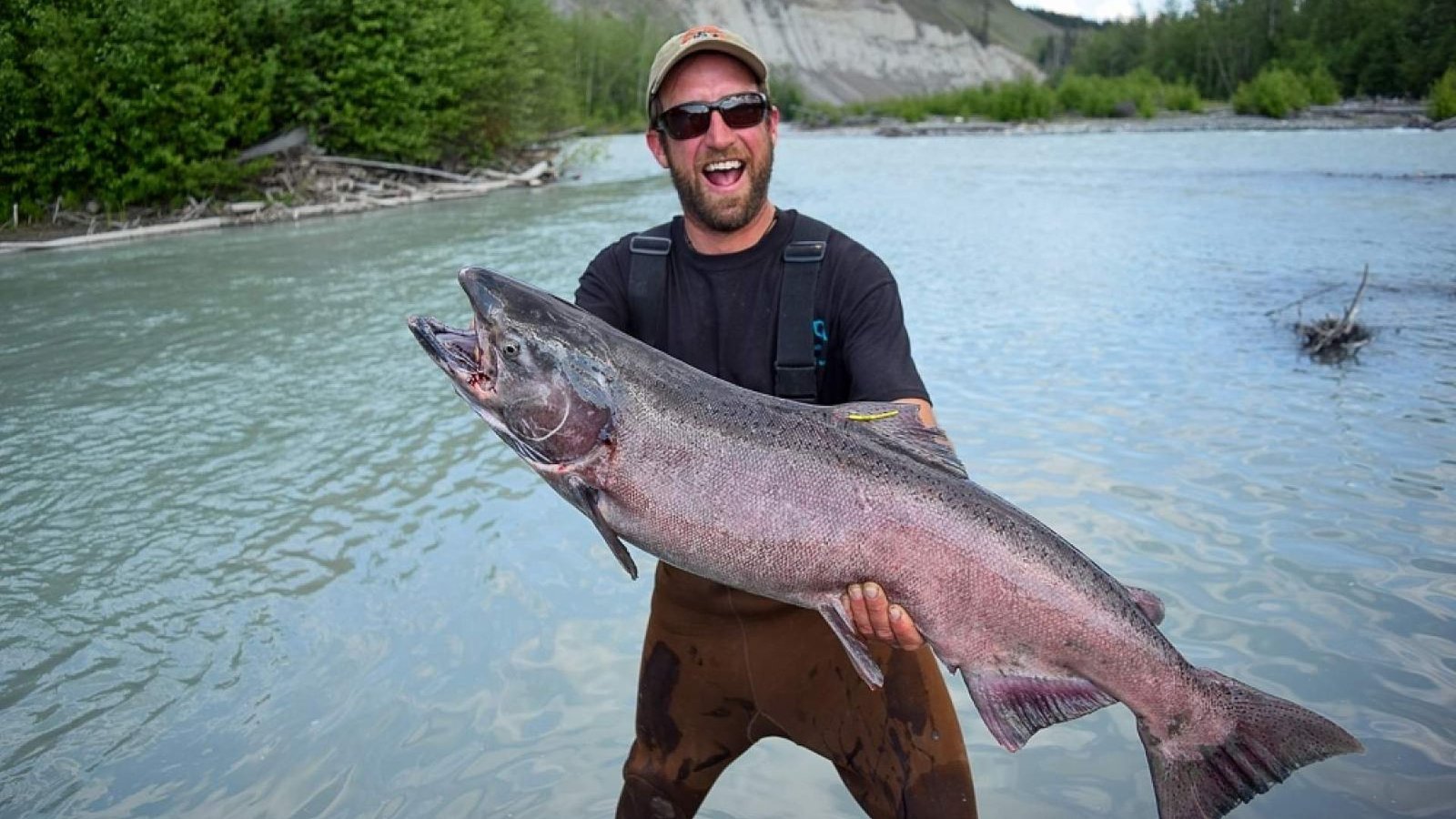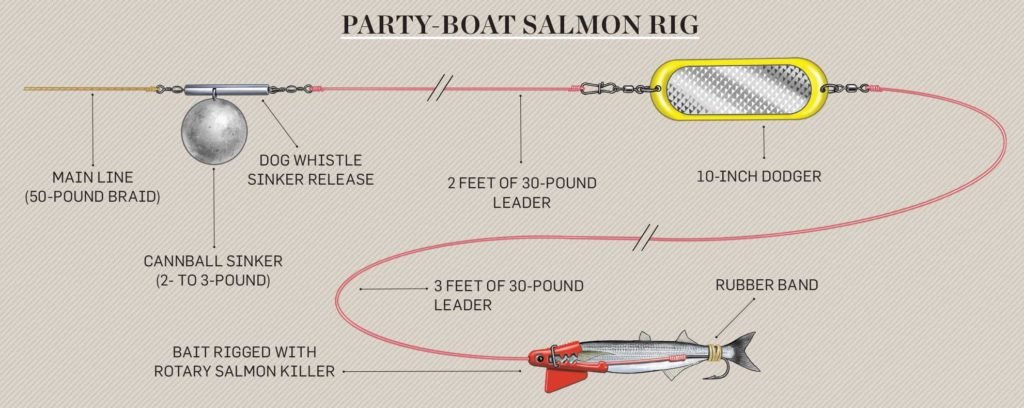Salmon fly fishing is as much an art as it is a science, requiring skillful adaptation to varying water conditions for optimal results. Whether you’re navigating fast-flowing rivers, tranquil streams, or expansive lakes, understanding how to adjust your approach based on these conditions can significantly enhance your fishing success. Each environment presents unique challenges and opportunities, demanding flexibility in fly selection, casting technique, and overall strategy.

Ways to Fish with Salmon Flies in Different Water Conditions
Fishing in Fast-Flowing Rivers
- Use of Weighted Flies: Employ weighted salmon flies to reach deeper water where salmon may be holding against the current.
- Downstream Presentation: Cast slightly upstream and let the fly drift naturally downstream, mimicking the movement of natural prey.
- Mending Techniques: Master the art of mending your line to avoid drag and keep your fly drifting naturally with the current.
Fishing in Slow-Moving Rivers and Streams
- Lighter Flies: Opt for lighter salmon flies to prevent them from sinking too quickly in calmer waters.
- Upstream Presentation: Cast upstream and allow the fly to drift back towards you, keeping it in the strike zone longer.
- Floating Lines: Use floating fly lines to maintain control over the drift and presentation of your fly.
Fishing in Lakes and Stillwaters
- Indicator Techniques: Employ strike indicators to detect subtle bites in deeper waters where salmon may be cruising.
- Slow Stripping: Use slow, steady strips to mimic the movement of injured prey near the water’s surface.
- Depth Adjustments: Experiment with different sinking lines or weighted flies to reach different depths where salmon might be feeding.
Adapting to Weather Conditions
- Wind and Casting: Adjust your casting technique and fly presentation to compensate for wind direction and intensity.
- Cloud Cover: Take advantage of low-light conditions caused by cloud cover, as salmon may be more active and less wary.
- Temperature Variations: Monitor water temperatures, as salmon may move to different depths or speeds depending on the temperature changes.
Matching the Hatch
- Observation: Observe the water surface for insect activity and choose salmon flies that closely resemble the insects present.
- Size and Color: Adjust the size and color of your fly to match the predominant insects or baitfish in the water.
Conclusion
Mastering the art of salmon fly fishing requires a combination of knowledge, skill, and adaptability to varying water conditions and environmental factors. By implementing these strategies—whether fishing in fast-flowing rivers, tranquil streams, or still waters—you can enhance your ability to successfully target and catch salmon. Each technique, from adjusting your fly selection to refining your casting technique, plays a crucial role in maximizing your fishing experience and enjoyment. Remember, successful salmon fly fishing isn’t just about catching fish; it’s about embracing the challenge, immersing yourself in nature, and continually honing your skills to become a more proficient angler.




